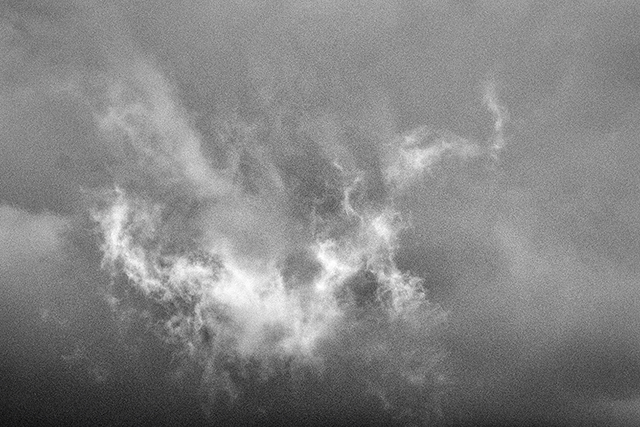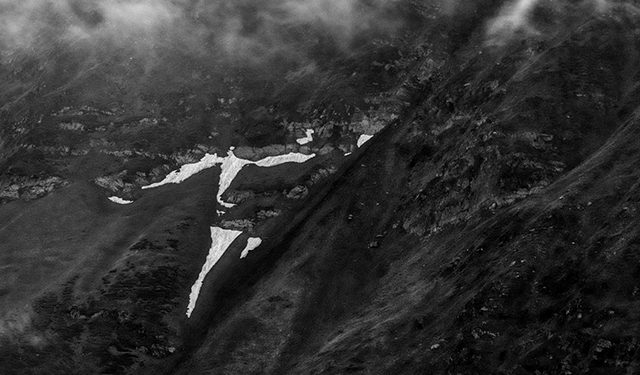Pareidolia is a term used to describe the phenomenon of perceiving a meaningful pattern or recognizable object in an otherwise random or unrelated stimulus. This psychological phenomenon is often described as the ability to recognize faces, objects or images in random or chaotic patterns, such as clouds, rocks, or tree bark. It is a form of apophenia, the human tendency to see patterns or connections in random or unrelated data. While pareidolia is often associated with religious or supernatural experiences, it is a phenomenon experienced by people of all backgrounds and beliefs.
The concept of pareidolia first arose in the early 19th century when German scientist Johann Wolfgang von Goethe wrote about his experience of perceiving faces in the moon. Since then, the phenomenon has been studied by a variety of researchers and has been linked to various psychological and neurological theories.

One of the most prevalent theories of pareidolia is that it is an evolutionary adaptation that helped our ancestors recognize threats in their environment. For example, the ability to detect a face in a cloud or a tree branch may have helped them recognize predators. This theory is supported by research showing that the ability to perceive patterns in random images is more pronounced in individuals with heightened vigilance.
Another theory of pareidolia is that it is a result of the brain’s tendency to seek out patterns. This is known as the Gestalt principle, which postulates that humans perceive objects as organized wholes, rather than as a collection of parts. This tendency to seek out patterns is thought to be a natural part of human cognition.
Finally, some researchers have suggested that pareidolia is a byproduct of the brain’s tendency to seek out familiar objects and faces. This theory is based on the idea that humans are naturally drawn to things that are familiar, such as faces. This theory is supported by research showing that people are more likely to recognize faces in random images when presented with a familiar face.

Pareidolia can have both positive and negative effects on individuals. On the one hand, it can help people recognize potential hazards in their environment. On the other, it can lead to false positive interpretations of random images, which can lead to unfounded conclusions.
As the psychoanalyst Carl Jung wrote, “It would be a mistake to regard pareidolia as an entirely pathological phenomenon. It is, on the contrary, an expression of the fact that an unconscious content is pushing its way into consciousness.” In other words, pareidolia can be a sign of the unconscious mind attempting to communicate a message to the conscious mind.

In conclusion, pareidolia is a phenomenon that has been studied by a variety of researchers. It is thought to be an evolutionary adaptation, a result of the brain’s tendency to seek out patterns, and a byproduct of the brain’s tendency to seek out familiar objects and faces. While it can have both positive and negative effects on individuals, it can also be a sign of the unconscious mind attempting to communicate a message to the conscious mind.

This was it, I confess: My use of Chat GPT (found at www.chatgptonline.net) to “Write a 700 word essay on the subject of pareidolia. Include examples, theories of causation, and quotes from literature”. I changed nothing from the generated text, on this favorite subject of mine, which was a bit less in word count than I asked for but took about 30 seconds to appear on my screen, sentence by sentence. It’s clearly not ME, although apparently I could train it to sound just like me by giving it a lot of sample text from me (e.g. 12 years of weekly articles for Georgia Today!). Or I could have it sound like any other writer in a similar fashion… But! Running the essay through www.check-plaigiarism.com came up with a score of “100% plagiarized”… So there’s that. I couldn’t submit this piece to a university as my work – it would be flagged as copied and I would be warned or otherwise sanctioned. The example photos are mine, as usual: I didn’t take the extra step of generating those, although I could have done this too. Welcome to the quickly evolving world of computer-generated everything.
BLOG by Tony Hanmer
Tony Hanmer has lived in Georgia since 1999, in Svaneti since 2007, and been a weekly writer and photographer for GT since early 2011. He runs the “Svaneti Renaissance” Facebook group, now with nearly 2000 members, at www.facebook.com/groups/SvanetiRenaissance/
He and his wife also run their own guest house in Etseri: www.facebook.com/hanmer.house.svaneti














